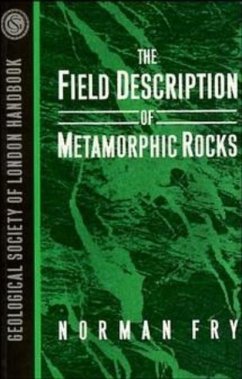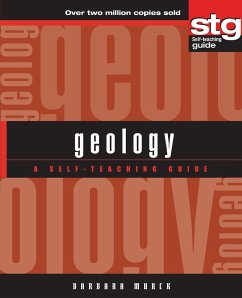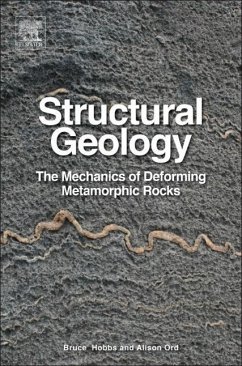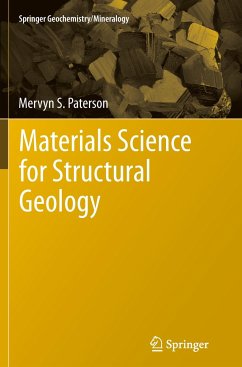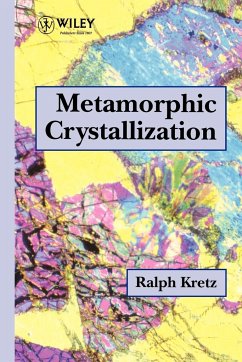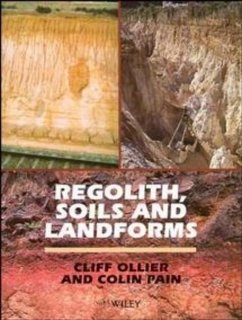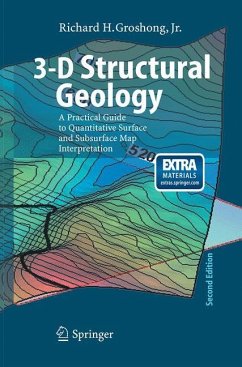Nicht lieferbar
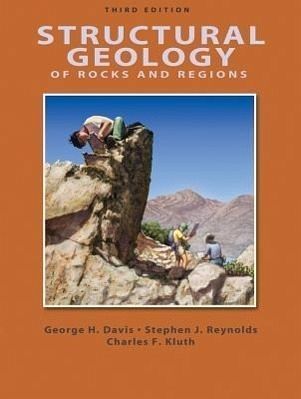
Structural Geology of Rocks and Regions
Versandkostenfrei!
Nicht lieferbar
Relates the physical and geometric elegance of geologic structures within the Earth′s crust and the ways in which these structures reflect the nature and origin of crystal deformation through time. The main thrust is on applications in regional tectonics, exploration geology, active tectonics and geohydrology.




